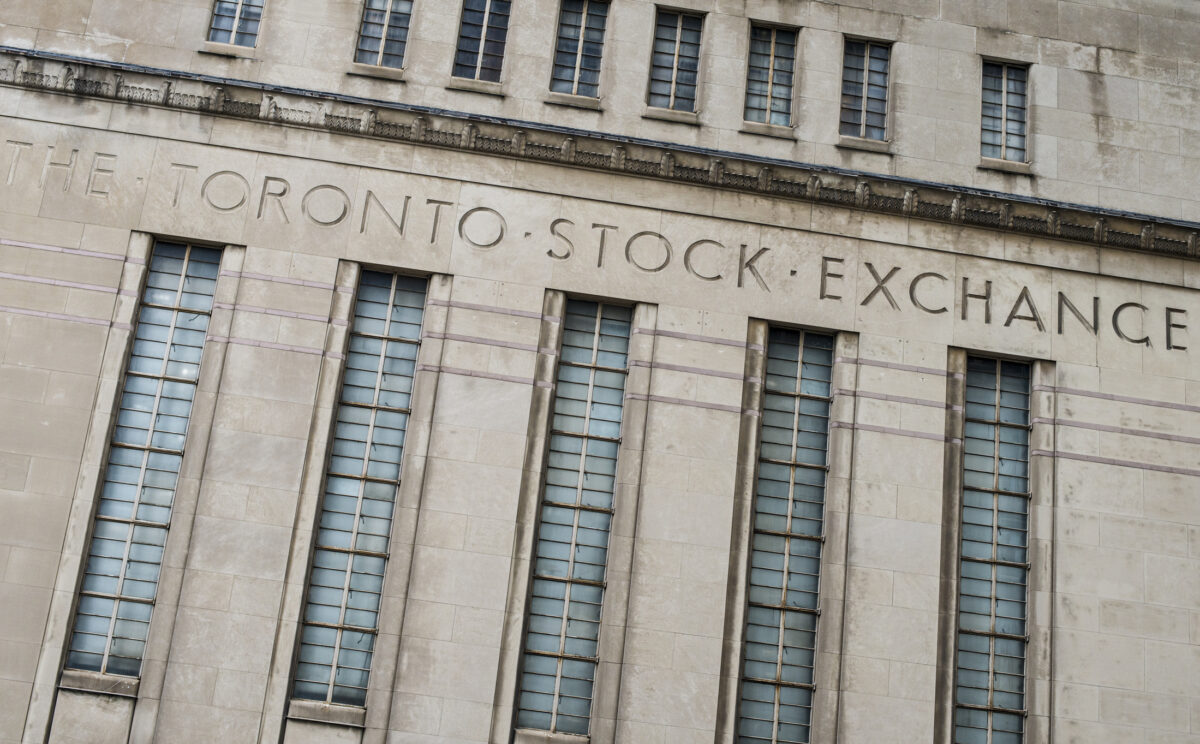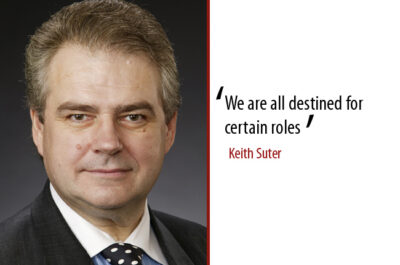Australian mining, energy stocks hearing the siren call of Canada
Increased demand for key commodities from gold to critical minerals is set to maintain record numbers of Australian mining and energy companies listing on the Toronto Stock Exchange (TSX) – Canada’s largest stock exchange – this year, according to exchange officials.
Robert Peterman, director of global business developments at TSX, says the growing numbers – and value – of Australian listings show companies are seeking to boost liquidity in multiple time zones and reach a broader investor base – and the US-Canadian trade row is not dampening interest.
Peterman says listing on Canada’s largest stock exchange also reduces dependency on a single market and offers a gateway into the US capital markets.
“Our securities are very integrated into the US market and provide seamless trading and increased liquidity,” says Peterman, whose exchange has a full-time office in Australia targeting mining and energy companies.
The TSX, which has a market capitalisation of about $AU5.5 trillion, has shrugged off recent market volatility caused by the tariff row with the US and posted successive record highs, comfortably outpacing the ASX’s performance over the same period.
Tensions rose following US President Donald Trump’s decision in February to impose 25 per cent tariffs on most Canadian imports and 10 per cent on Canadian oil and energy products.
Peterman says: “Recent geopolitical tensions have undeniably contributed to heightened market volatility and a broader sense of uncertainty.”
But he adds that “one of the shared benefits” of both the Australian and Canadian markets is the strength of their markets in natural resources, “with the mining and critical minerals sectors providing strong underlying fundamentals that provide some insulation from broader market volatility”.
Canadian markets have returned nearly 18 per cent in the past 12 months compared to just over six per cent for the ASX. But analysts caution that additional gains could be limited by trade uncertainties.
Last year the TSX was the global leader in capital raisings for the mining sector, accounting for more than 10 per cent, followed by about seven per cent in Australia and 3.4 per cent in Hong Kong. Its global mining capital raisings last year totalled $AU11 billion compared with about $AU8 billion on the ASX.
Peterman says Toronto has a sophisticated financial infrastructure to facilitate joint ventures, mergers and acquisitions.
Recent Australian companies to dual list on the TSX include Firefly Metals (ASX:FFM) that specialises in high-grade copper and gold projects. Others include Paladin Energy (ASX:PDN), which is involved in the exploration and operation of uranium mines in Australia, Canada and Namibia, and Westgold Resources (ASX:WGX).
Peterman says the TSX is complemented by the TSX Venture Exchange, a capital marketplace for early-state, emerging and smaller companies looking to raise capital and gain access to public markets.
“We have a large base of institutional and retail investors experienced in mining and energy,” he adds. “This boosts capital raising opportunities, particularly for junior and mid-tier companies, and offers a pathway for early-stage companies to access and scale operations.”
A deep pool of analysts can boost a company’s profile, credibility and provide appropriate valuation models for a market with an appetite for junior and mid-tier mining stocks, he says.
The cost of listing on the TSX is generally lower than the NYSE or the NASDAQ. “It varies by company,” he says. “But our experience is that the financial cost of listing on the TSX is generally lower than other markets.”










